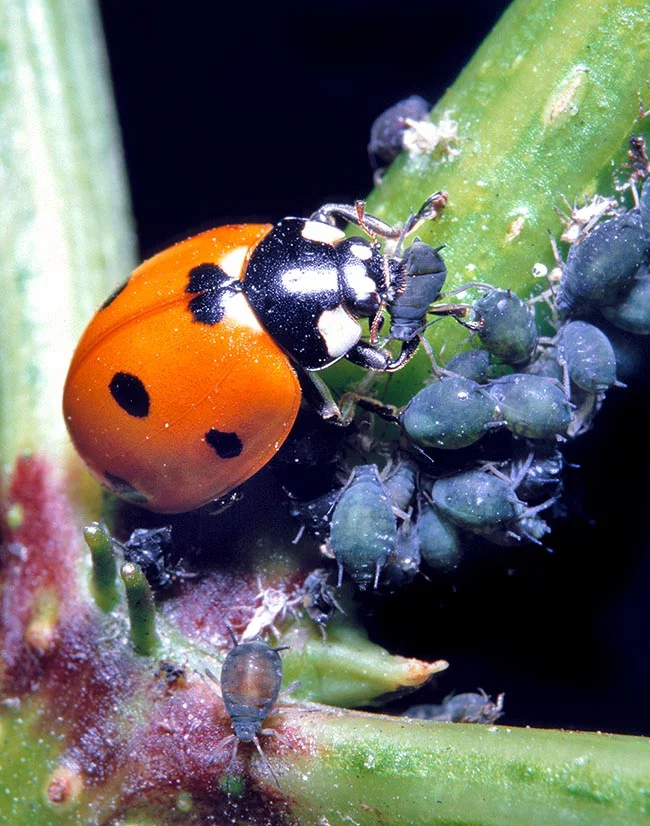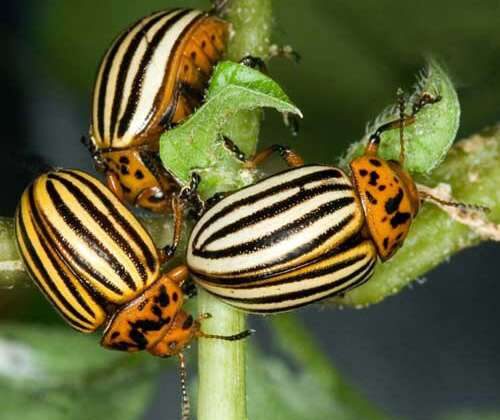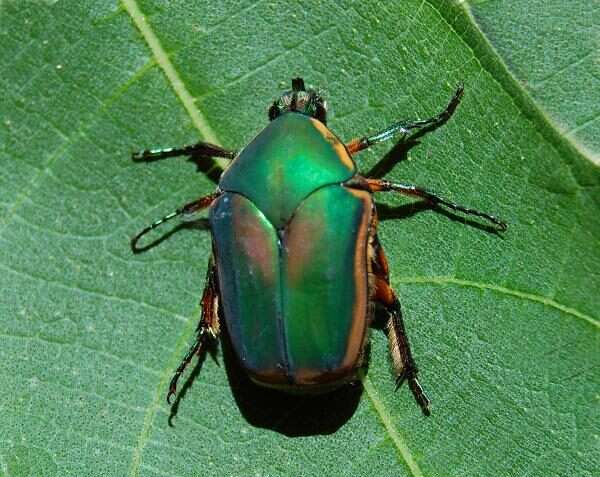
The harlequin, multicolored Asian, or Asian lady beetle is the most well-known name for Harmonia axyridis, a kind of giant lady beetle or ladybug. With a remarkable variety of color forms, this species is among the most varied in the entire world. Its native habitat is eastern Asia, but to manage aphids and scale insects, it has been artificially brought to North America and Europe. In such areas, it is currently widespread, well-known, and common. It has also taken root in Africa and a large portion of South America.
Geographical Location
The Asian lady beetle, Harmonia axyridis, is indigenous to Asia and can be found in China, which extends all the way to the southernmost provinces of Yunnan and Guangxi, as well as in Japan, Korea, Mongolia, and parts of the Palearctic, from northern Kazakhstan to eastern Russia, and from the Altai Mountains in western Russia to Siberia. At least four additional continents have received it. Its range spans most of North America, including Mexico, the United States (apart from Alaska and Wyoming) and a large portion of southern Canada. A large portion of South America, excluding the Amazonian regions, has been home to this species. Recently, Tunisia, Egypt, and South Africa have been discovered to be part of its habitat, which extends over southern and western Europe into Bosnia and Herzegovina and Romania.
Habitat
This Asian lady beetle has been introduced to agricultural areas too, Harmonia axyridis can be found on a variety of crop species. It frequently grows on flowering plants, deciduous trees, and other open-space plant species. The natural habitat of this species is open fields, farms, and meadows.
Description of the body
- Oval and convex, Harmonia axyridis is shaped. It is a polymorphic species, with three primary colour morphs: black with either four orange spots (form spectabilis) or two black spots, or red or orange with zero to many black spots (form succinea) (form conspicua).
- There are also some uncommon morphs. In its native region, darker morphs are more prevalent, while red or orange morphs are more prevalent in Europe and North America.
- Typically white in color, the pronotum has four black spots that resemble a “M” in shape. The “shoulders” of this species are highly distinct and square.
- Male and female individuals have different final ventral segments on their abdomens.

Longevity
Harmonia axyridis typically has two generations per year in its natural habitat, however five generations have occasionally been seen. Depending on the temperature, adults typically live 30 to 90 days, while some have lived for more than three years. Generally, whichever generation receives signals for diapause will survive the winter and reproduce in the spring.
Behavior
Although Harmonia axyridis is a solitary species, during the winter months they frequently gather together to hibernate. Although research on this species has not been conducted, research on other Coccinellidae species demonstrates that the main cue for diapause comes after daylight hours fall below roughly 10 to 13 hours per day. It is a predator that moves throughout its habitat in search of its plant-eating prey. This species flies between plants to find food species and is primarily active during the day.
Importance in Humans Life
Positive Role
Due to the fact that their primary food sources are significant agricultural pests, Harmonia axyridis acts as a biological control species for numerous agricultural crops. Due to their extreme predatory tendencies, they have spread around the planet.
Negative Role
On fruit crops, particularly grapes, Harmonia axyridis has the potential to cause severe economic losses. When the grapes are harvested, this species will reflexively bleed, giving the grapes a bitter taste. They will crawl inside them to feed. If H. axyridis is unintentionally added to the wine-making process, its flavor can even be tasted in the finished product. When handled, it is also known to nip people.
Why do they keep them as pets?
Asian lady beetles can indeed be kept as pets. These tiny insects barely occupy any space and prevent the development of undesirable pests like aphids on crops. However, their population can grow out of control and be challenging to maintain. Clusters of lady beetles harm crops and form on windows and doors.
Table





